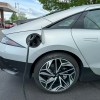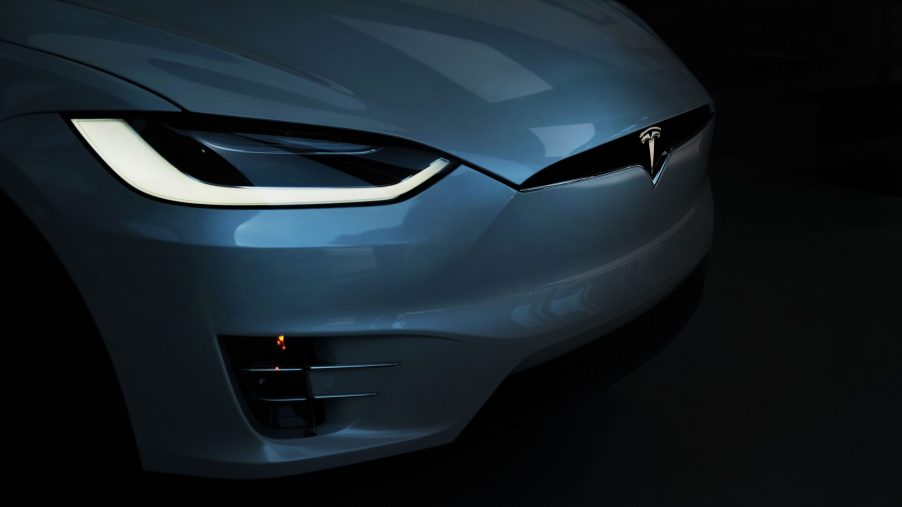
Tesla Full Self-Driving vs Autopilot – Which Is Which?
Tesla Full Self-Driving and the brand’s Autopilot software might sound like the same thing. However, they most certainly are not. Each has key features that differentiate it from the other. It’s important to understand just what “autonomous vehicle” means here, and we’ll cover that too. In a world where these types of software are becoming increasingly prevalent, it’s important to understand what is arguably the most well-known software from the best-known EV maker.
Tesla Autopilot is better than you think
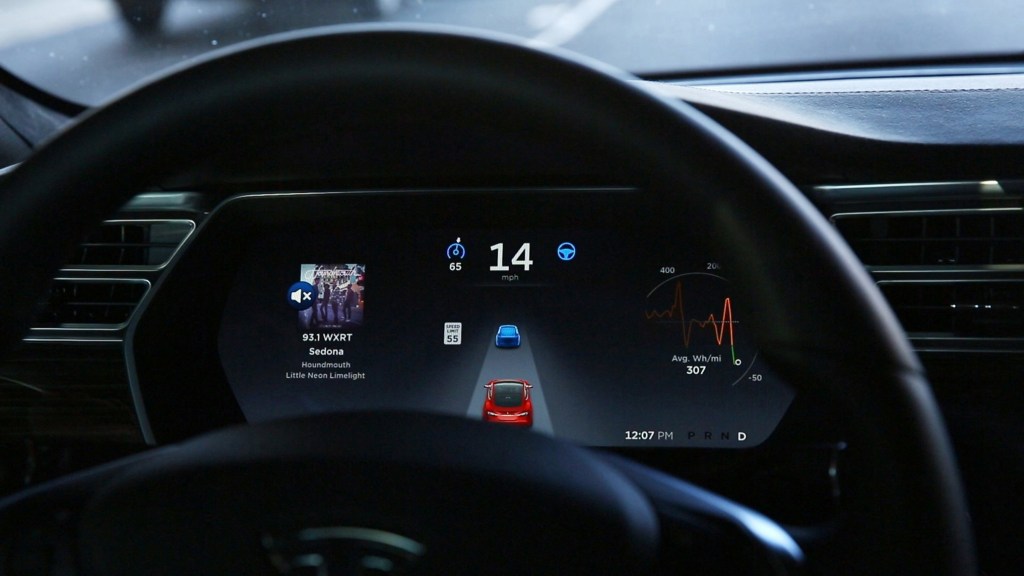
Per Tesla, Autopilot is “an advanced driver assistance system that enhances safety and convenience behind the wheel.” Tesla Autopilot is aimed at making you, the driver, work less behind the wheel. In Tesla models, the software is powered by a series of cameras and sensors, numbering eight and 12, respectively. That software comes with two important features that can be defined broadly as adaptive cruise control.
Adaptive cruise is software in a vehicle that aids in your driving, especially on the highway, but still requires driver intervention from time to time. That’s exactly what Tesla Autopilot does. It matches the speed of surrounding traffic (or the speed limit) and uses something the brand calls “autosteer”. Effectively, autosteer is lane-keep assist. It’ll keep your Tesla on the road as long as your hands are on the wheel.
Tesla’s FSD is good, but has its issues
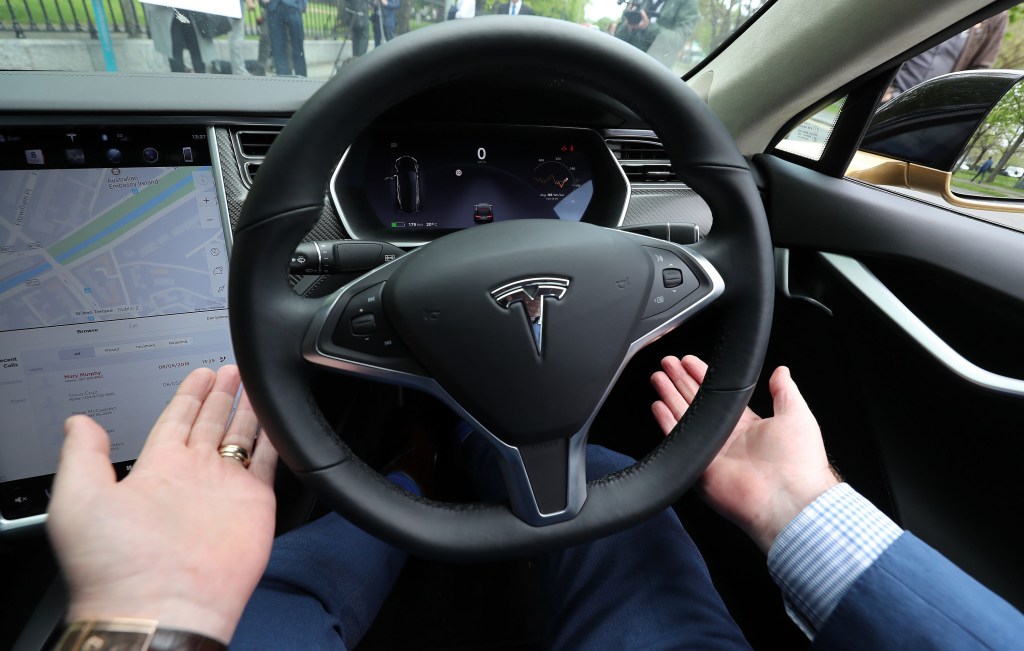
Now before we get into Telsa Full Self-Driving, it’s important to understand there are levels to autonomous driving. There’s six to be precise, and you can find a list of them here. Levels one and two are where Tesla Autopilot sits. This means there’s minimal driver intervention and adaptive cruise. Here’s where things get… controversial. Tesla calls FSD Full Self-Driving, but in actuality, it’s not in the most strict definition.
Full self-driving is defined as levels four and five, where a vehicle will perform all driving-related tasks under some conditions, or all, requiring no human interaction. Think iRobot cars. Therein lies the controversy. Tesla Full Self-Driving still requires human intervention and functions only in specific circumstances. Therefore, in the most strict definition, Tesla FSD is not a full self-driving car. However, it’s close, and still in the beta phase.
When will Teslas become fully autonomous?
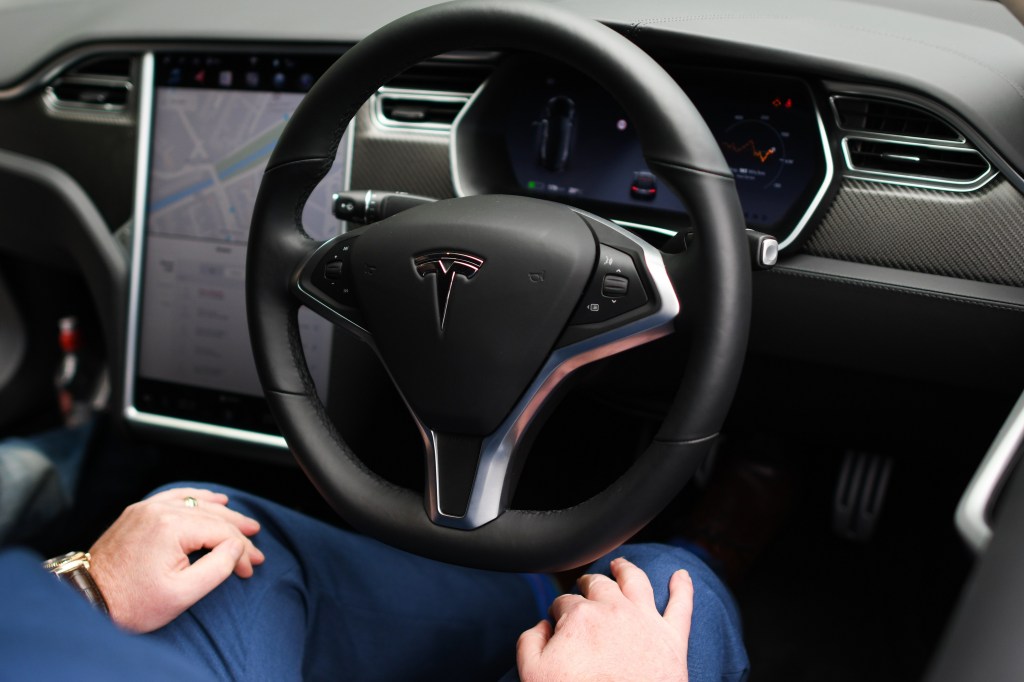
It’s hard to say when Tesla will finally be able to put out a truly autonomous vehicle. Frankly, there’s a lot of legal red tape to get around. Not to mention the prohibitive resource cost to develop something that has literally never been done before. For now, Tesla vehicles will continue to have both Autopilot and Full Self-Driving, even though they could be rolled into one product. However, it does look like the brand is trying its hardest to make FSD a reality, even though it is a very, very long way off. Not just for Tesla, but for everyone.

